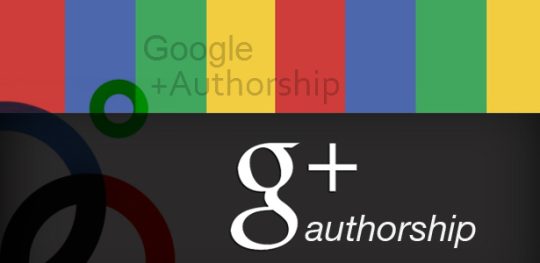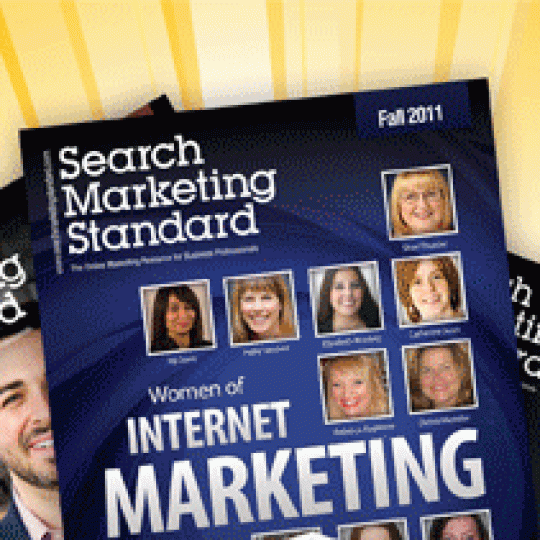How Google’s Infinite Scroll Impacted the SERP for Good
“No one clicks over to Page 2”. We’ve all heard this timeless quip, that no one in their right mind would ever be so bold as to want more than 10 options to find what they’re looking for. Publishers and brands would fight for their page 1 rankings, as this, we were told, was...
Google Authorship: An Often Overlooked SEO Strategy
In the SEO world, quick and simple opportunities to boost performance are about as common as a cactus in Siberia. The reality is that successful SEO strategies are dependent on intensive content development efforts, carefully optimized on-page tags, and a thorough attention...
Synapse SEM Published In Search Marketing Standard Magazine
Boston—May 29, 2012—Paul Benson and Mark Casali, co-founders of the online marketing firm Synapse SEM, LLC, have been published in the Search Marketing Standard Magazine this week. Following an intensive research project with Babson College Professor Dessislava Pachamanova,...



